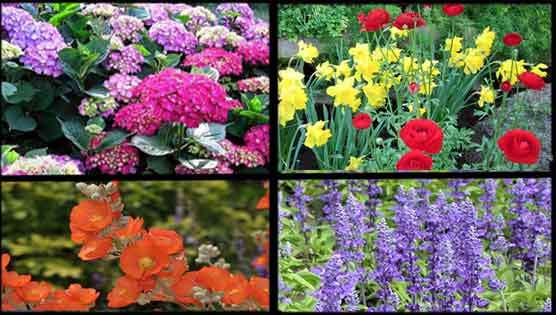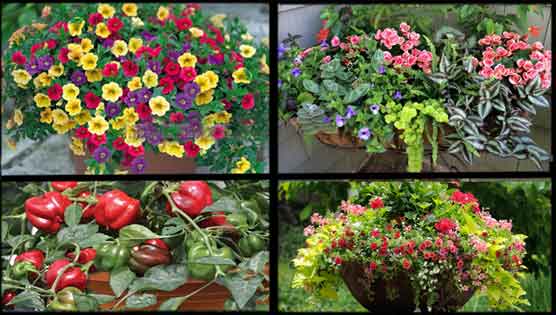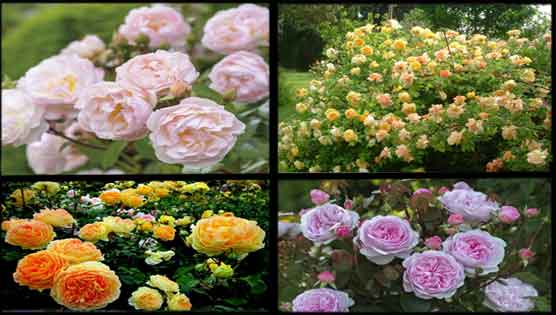|
|
|
Greetings ,
Garden Tips for July!
Check water levels.
Check water levels of your plants by using a moisture meter or digging into the soil a few inches to ensure that the roots have sufficient water. Whether you are using drip irrigation, sprinklers, or hand watering – it is important to make sure you aren’t over or under watering. Moisture meters can be purchased at most garden center or hardware stores for under $10.00.
 |
|
How to deadhead flowers.
Keep deadheading (pinching or cutting off the dead flowers) for the most flowers and tidiest gardend. Some gardeners take a few minutes each morning, making it part of their daily routine.
It's worth deadheading your flowering plants to get the most from them and removing any flowers that are past their best. Take them off as soon as they begin to droop as this will help to conserve the plants energy by preventing them from setting seed. Bedding plants benefit most from daily deadheading as it will extend the life of the plants and encourage them to continue producing more flowers through the summer.
 |
|
How about your Roses.
White, pink and yellow rose shrubs when given the proper care and combined with a few simple pruning techniques, will re-bloom every six weeks until the first day of cold weather.
There are two ways to prune roses during the growing season, both will encourage new blooms to set. Most roses have leaflets (with three to seven leaves) every couple of inches along the stems. In order to produce blooms, you need to prune at least to the second five-leafed leaflet.
If you also want to prune for size control, you can go as far down as two leaflets above the previous cut. Pruning beyond the previous cut tells the rose you don’t want it to bloom. Remember that hybrid tea and grandiflora rose stems tend to grow at least 18 inches after each pruning before blooming, so if you prune only the minimum amount you will have a very tall (and possibly leggy) rose by the end of summer.
Because roses are constantly growing, they are in constant need of food. It’s important to feed roses every 6-8 weeks with a quality rose food. Continue feeding through September, and you will have quality rose blooms into fall.
 |
|
Good Things to Know about your Garden.
Whether you have a large or small garden, there’s always room for a few container edibles. Here are a few things to know about your garden!
Growing edibles in containers is an ideal solution for small spaces and for keeping them close by. You can use containers to grow edibles ranging from herbs to vegetables and even fruit trees..
Remember to choose the right plants for the time of year. For example cool-season vegetables, such as lettuce, cabbages, and broccoli, are well suited for winter and early spring. Tomatoes, cucumbers, and strawberries perform better in summer.
Unless you want to set up a drip system on a timer, you probably need to water the containers by hand every day.
When you grow your edibles in containers, remember that bigger is better, be sure your containers have drainage holes and are deep enough to accommodate the roots of your plants.
You don’t have to harvest an entire plant at once; just snip what you need for each meal to garner the freshest taste.
Container gardens have the potential to make a dramatic statement that you enjoy all year around.
Container gardens not only make dramatic statements as focal points but they also can be remarkably water wise compared to a typical planting bed.
There are a few tricks to creating container drama. The first is to use a large, colorful pot — or a container that offers visual interest.
To conserve moisture, place saucers under pots and empty excess water back into the container a day later. Also consider soil toppers — decorative mulch such as moss, marbles, pebbles, or pine bark chips — to reduce evaporation from the soil surface.
|
Regards,
Oakridge Landscape, Inc.
|
|